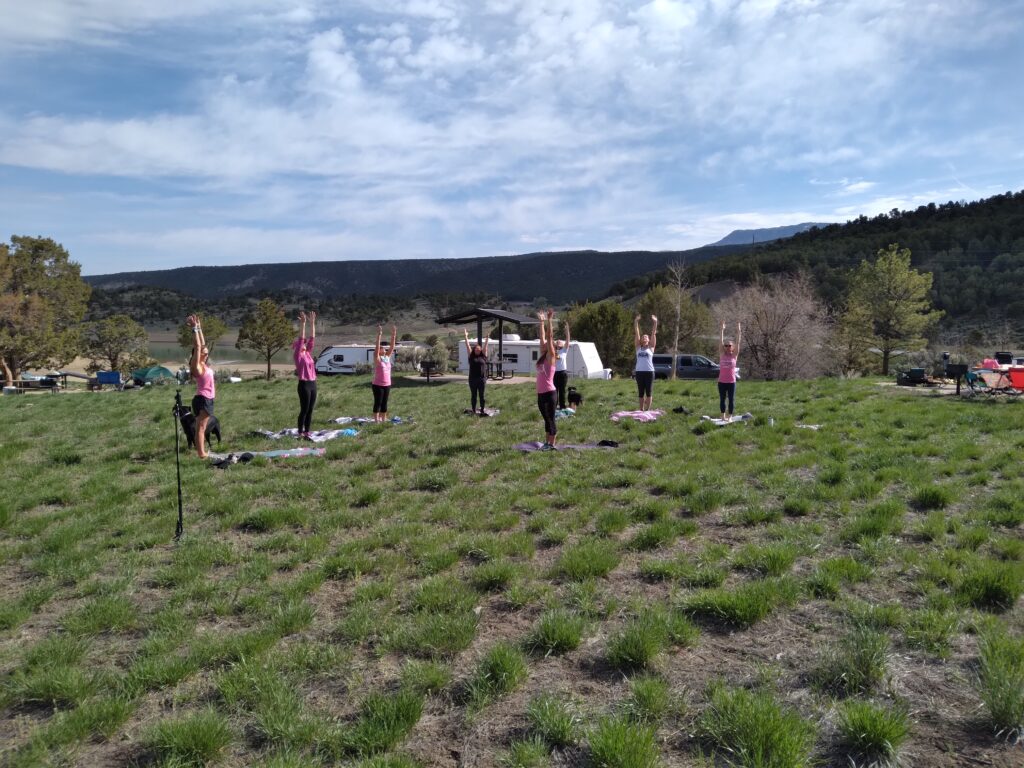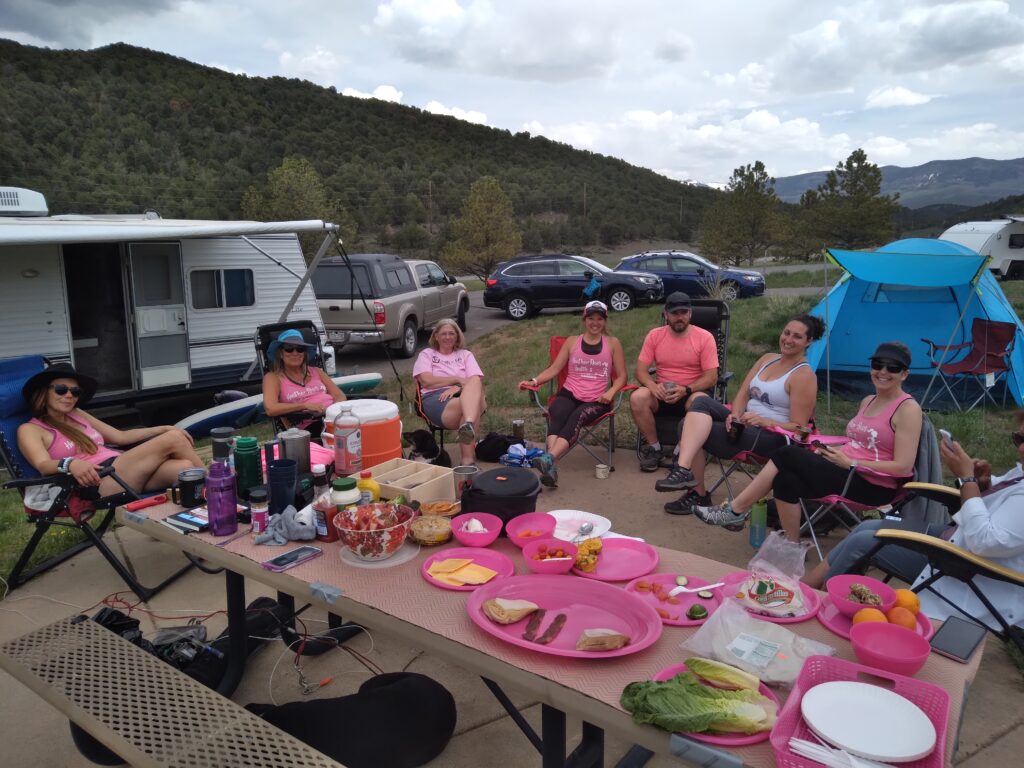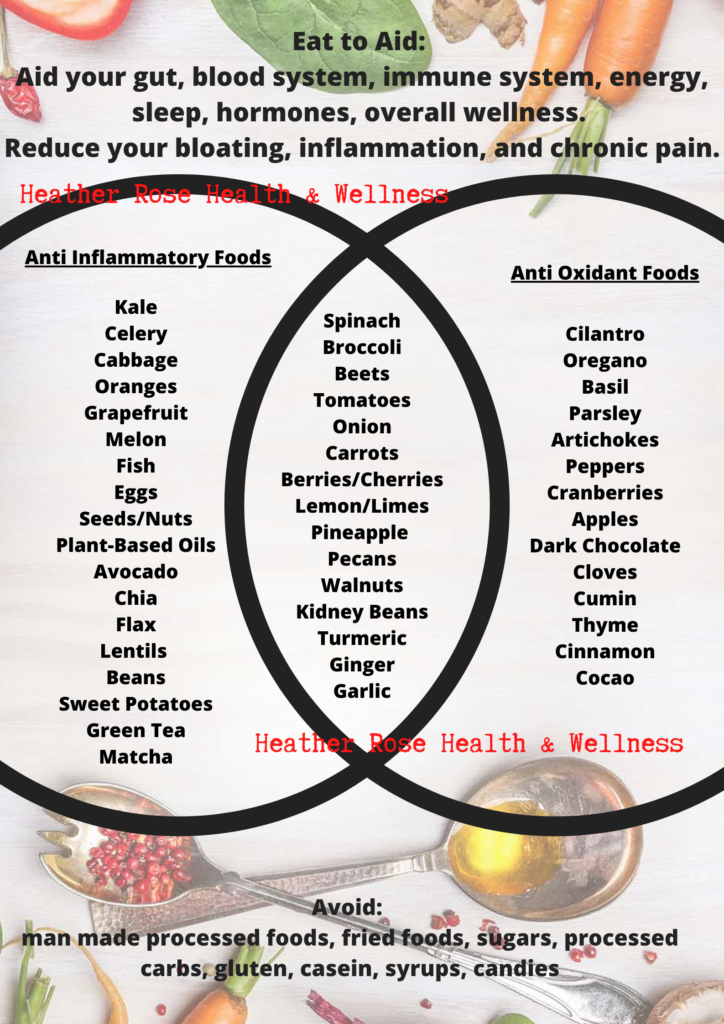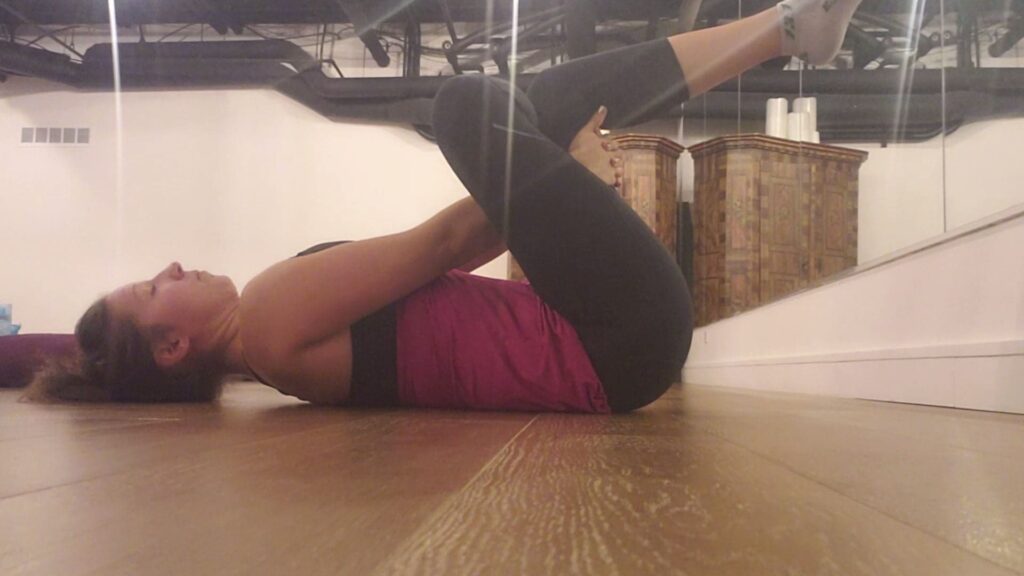Last week my husband and I were talking about summer, races, events, training and more. We started talking about what summer was like last year. He mentioned that I was running a lot, training for my 50 miler, and outdoors more than I was indoors. For the first time since my ultra training, I expressed to him that “training for a 50 miler was the loneliest thing I have ever done.” He looked at me ready to listen. I explained to him that when you are ultra training in the mountains, on single track trails, in the back country you are literally alone for hours on end. There aren’t people there to listen, no one to chat up with. It is just you and the serenity of nature FOR HOURS – from sunrise, sunburn, sunset. Most days, that is great and well. But after 6-7 days in a row, 6-8 hour at at time, that is the loneliest thing I have ever done in my life. Not to mention, when you aren’t alone – you don’t have the energy remaining to interact and engage in conversation Then, I was explaining to some friends that some days when I just want time to myself to relax and reconnect with my thoughts, I go on an 8 hour run. My friend replied, “most people choose a massage and spa day….. not 8 hours running alone.” That’s when I realized that it’s super odd to spend that much time alone, lost in your thoughts, and sometimes lost from the world.

This was an evening hike, after I had already run that day – in order to get a ton of vert on fatigued legs.
I share that situation in order to share how lonely this past year has become. Most days I don’t feel lonely and lost. I have great friends and a fantastic online tribe of women. I connect with others on facebook groups, zoom workouts, hikes and runs. But, there are days that I do feel alone. It is time to stop covering up how lonely 2020 was and how difficult it has been for some people to re-connect with others. I have spoken with enough women about this topic to know that I am absolutely not alone on this sentiment. There are many people struggling to overcome their loneliness and reconnect on a positive note.

Social distancing for outdoors fitness classes is a great option for gathering in a healthy way.
With it still being the month of May and mental health awareness month, I think it’s just as important as ever to acknowledge these struggles. After one year of isolating, staying home, quaranTEAMing, and vibing with your tribe, it is important to recognize your own level of comfort with gathering back up with people. And, I am not talking about social distance, masks, groups, gatherings. I am talking about your ENERGY – the level of introvert, your level of enthusiasm, your level of ambition to interact. No doubt, interacting on a positive note takes both energy and enthusiasm. It’s not easy to do. And re-interacting with others is going to take stimulation out of what vitality you have to give to others. You have to be able to gauge your level of stimulation, but also respect yourself when enough is enough. And, we all have to respect each other’s level of stimulation.

Sharing energy in our stretch class this week.
I have this thing about palms to the sky. You can literally feel the energy bouncing back and forth palm to palm. Choose your energy wisely. Capture the good, release the bad.
Furthermore, what I am seeing is that as the world begins to open up more and more, some people are more anxious than what they realized they would be. The anxious energy is creating various forms of emotions from self doubt, to hatred towards others, hatred for going out, meanness, stubbornness, or just solid rudeness. While there really isn’t a good excuse for this, we also have to learn not to take it personal. (myself included) Each and every human is approaching new territory these days; it is territory that we haven’t experienced. We have to work together to chart these uncharted waters.
While I don’t have the answers for this uncharted territory, my best suggestion is to take small steps. Start by getting together in outdoor groups with people you know and trust: hikes, run group, outdoor fitness classes. Progress forward by joining up with friends of friends that you know you could trust. And as awkward as it sounds, hug someone or shake hands or high five. But physically interact with someone and mean it. Let that hug teach you it is okay to bring the human touch back to reality. And, if that physical touch is too much, take back to the good ol’ smile. Just smile.
We are all in this together! For the last two weeks of May Mental Health Awareness month, I encourage you to come into connection with your mental health and smile to others around do you. Recognize your strengths and weaknesses in this area. Offer the energy you can, and come home with a happy heart.




